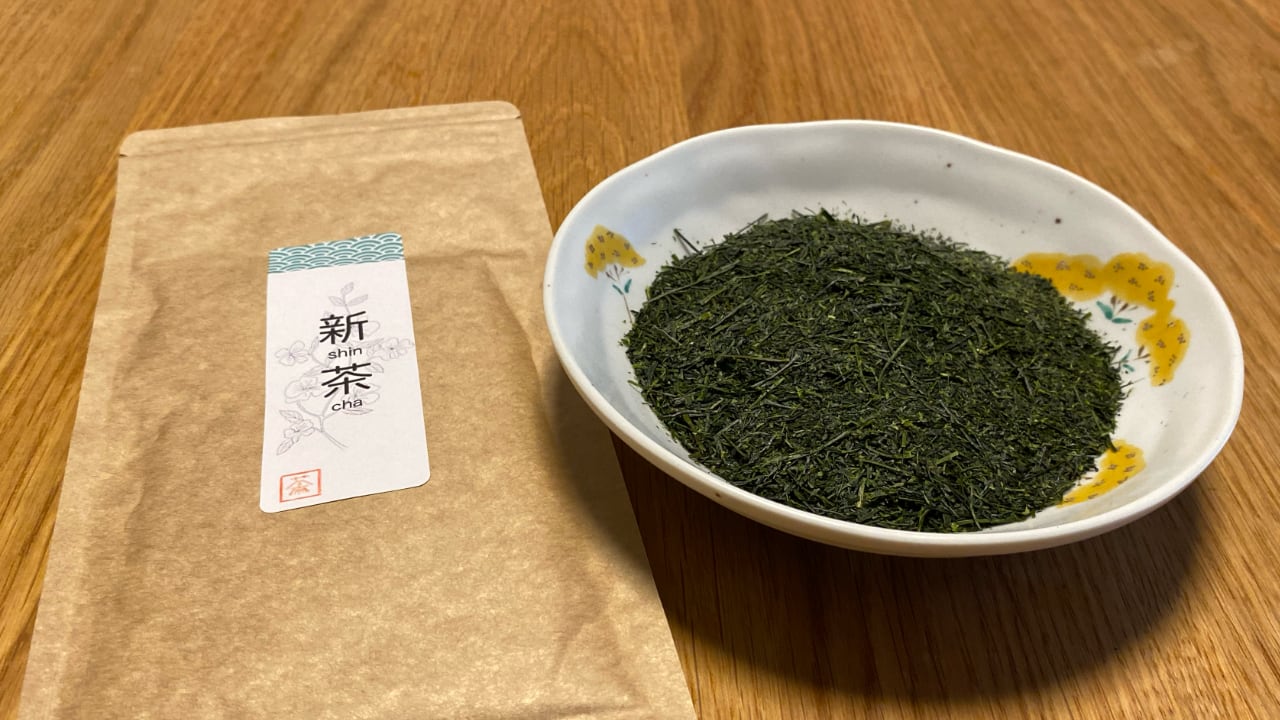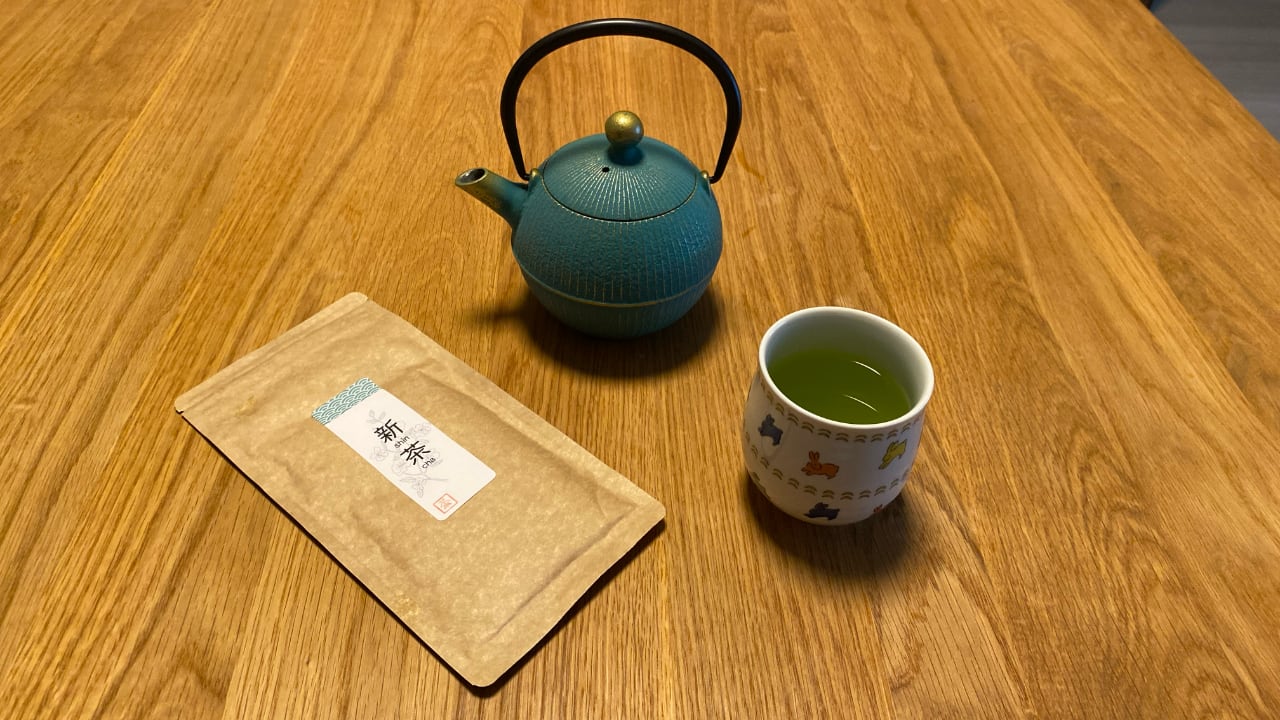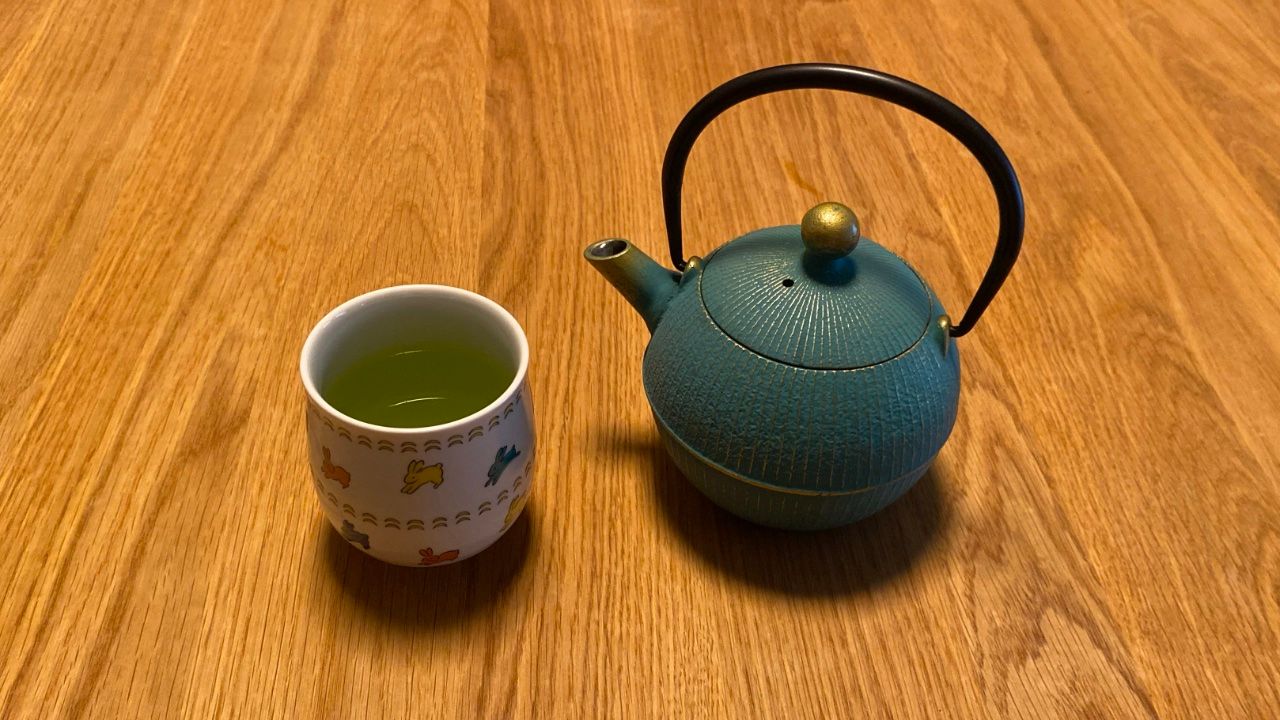July 2023 - Shincha from Chiran, in the prefecture of Kagoshima
After last month Sencha (煎茶) from Chiran, in the prefecture of Kagoshima, we introduce you the new tea, called Shincha (新茶), from the very same producer. We hope that you can enjoy the subtle differences between these two teas!

Sencha vs Shincha
Sencha and Shincha are both popular Japanese green teas, but they have distinct characteristics that set them apart. Sencha refers to regular green tea, while Shincha specifically denotes the first harvest of the year.
Sencha is known for its refreshing and well-balanced flavor profile. It offers a grassy and vegetal taste with a slight bitterness and a sweet finish. The leaves are typically steamed, rolled, and dried to preserve their vibrant green color and natural flavors. Sencha is available throughout the year and is enjoyed for its consistent taste and accessibility.

On the other hand, Shincha is highly anticipated for its unique qualities. It is harvested in the spring, immediately after the new tea shoots emerge, resulting in a tea with a more delicate and pronounced freshness. Shincha has a sweeter and more vibrant taste, often described as being grassier and more aromatic than regular Sencha. Its limited availability and ephemeral nature make Shincha a sought-after tea among enthusiasts who appreciate its fleeting seasonal charm.

Brewing Shincha
To prepare Shincha, the amount of tea used should be adjusted according to your preferred taste. Generally, it's recommended to use around 1 tablespoon (5 grams) of Sencha for 200ml (7oz) of spring water. The tea should be steeped in water at around 70ºC (165ºF) for one minute for the first infusion. For subsequent infusions, you can increase the temperature and reduce the steeping time.
Enjoy!
